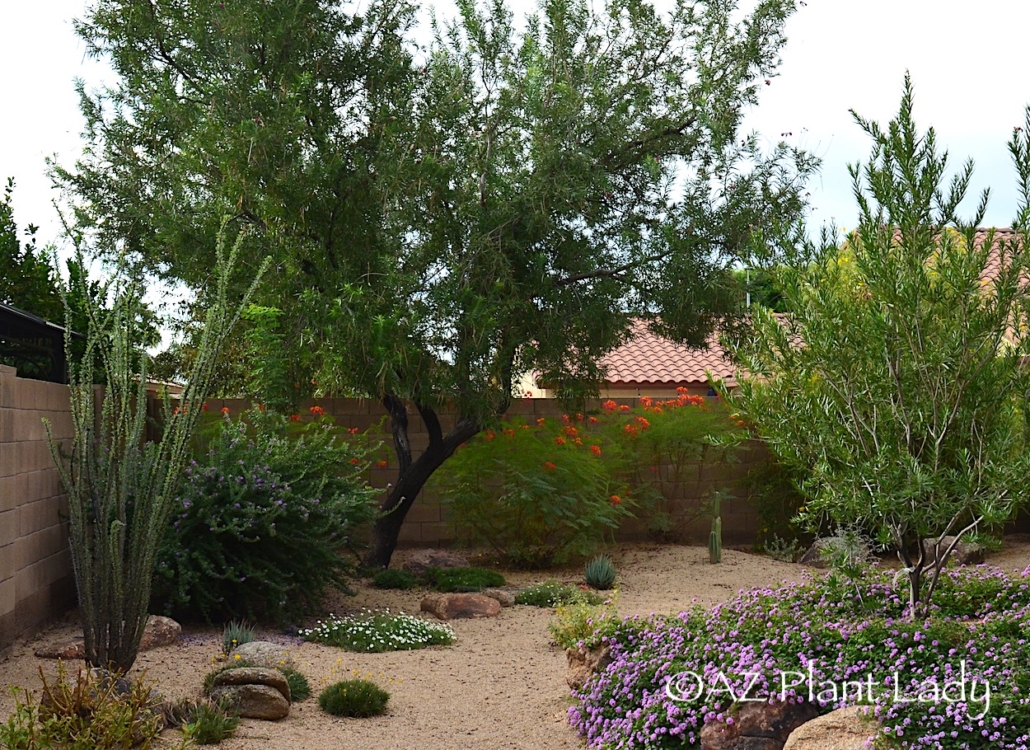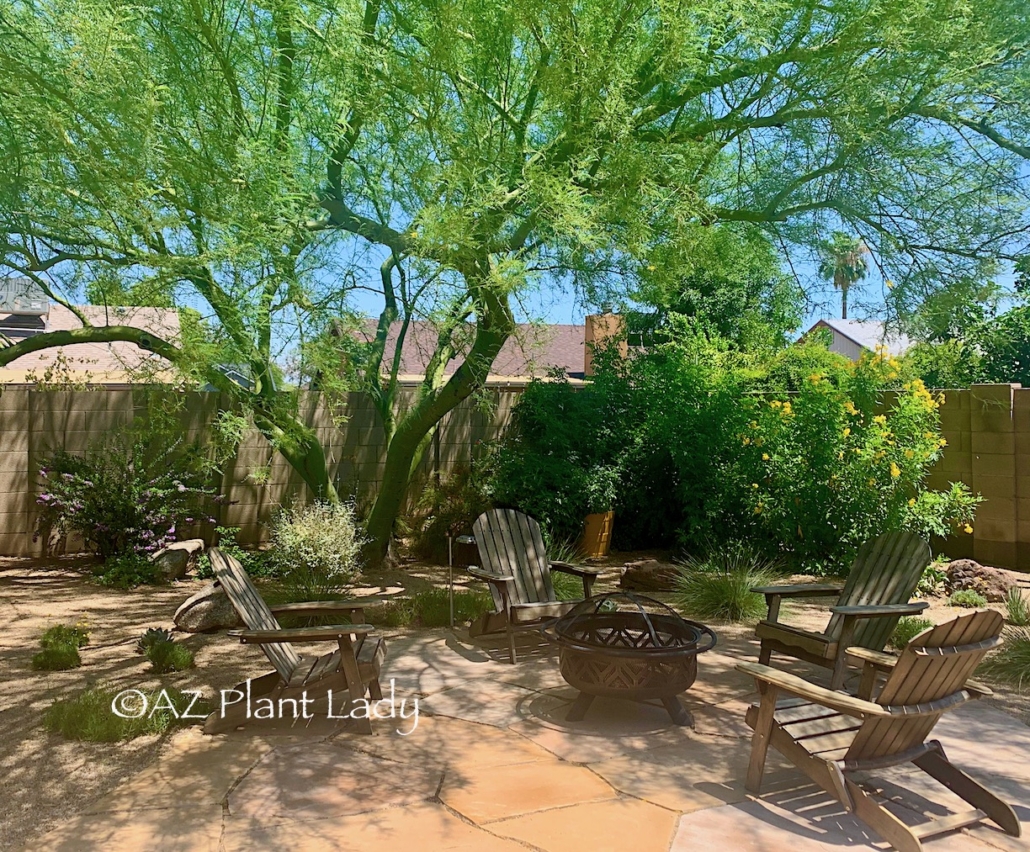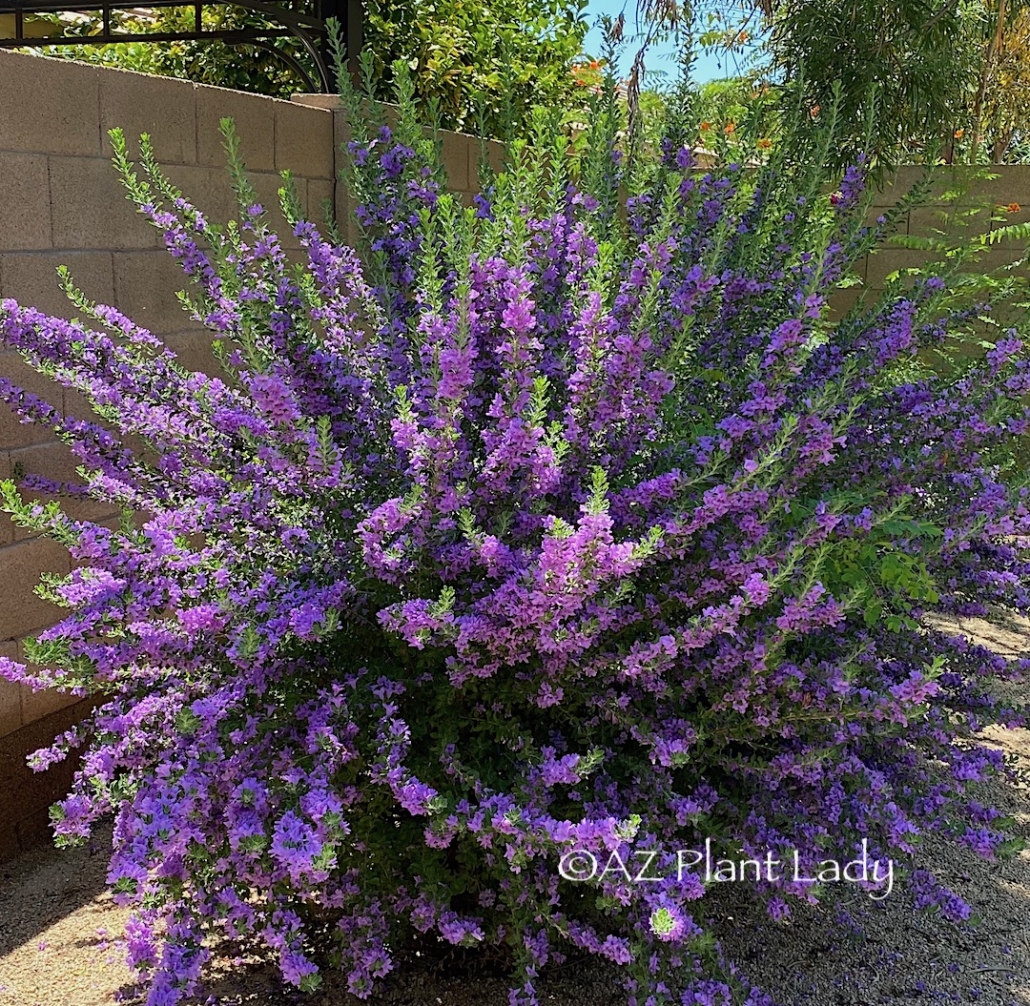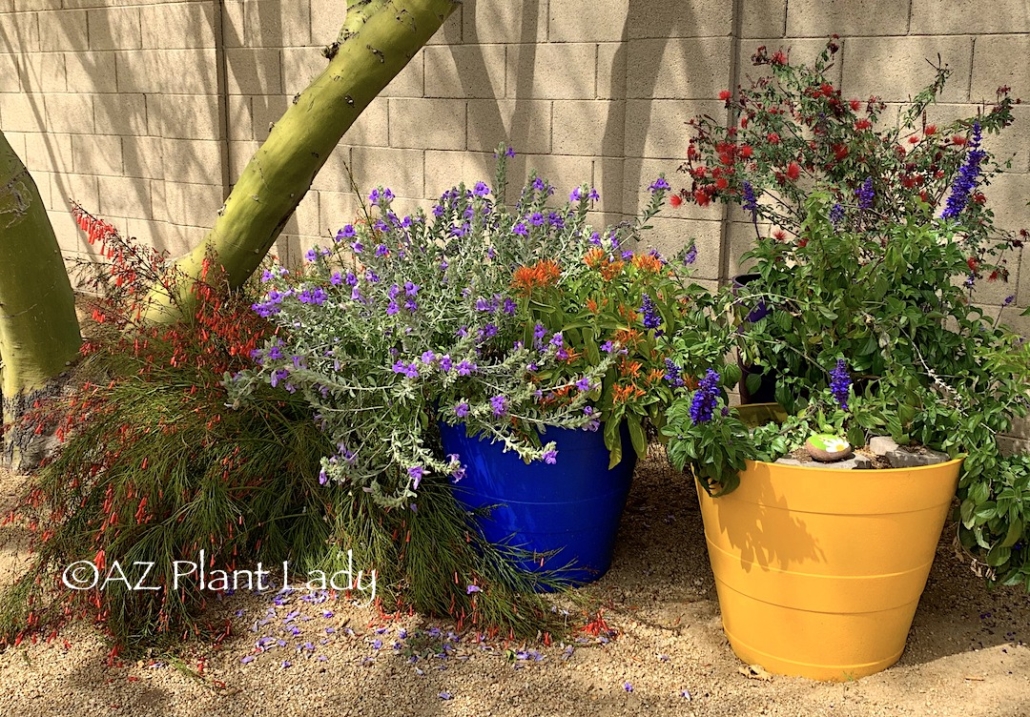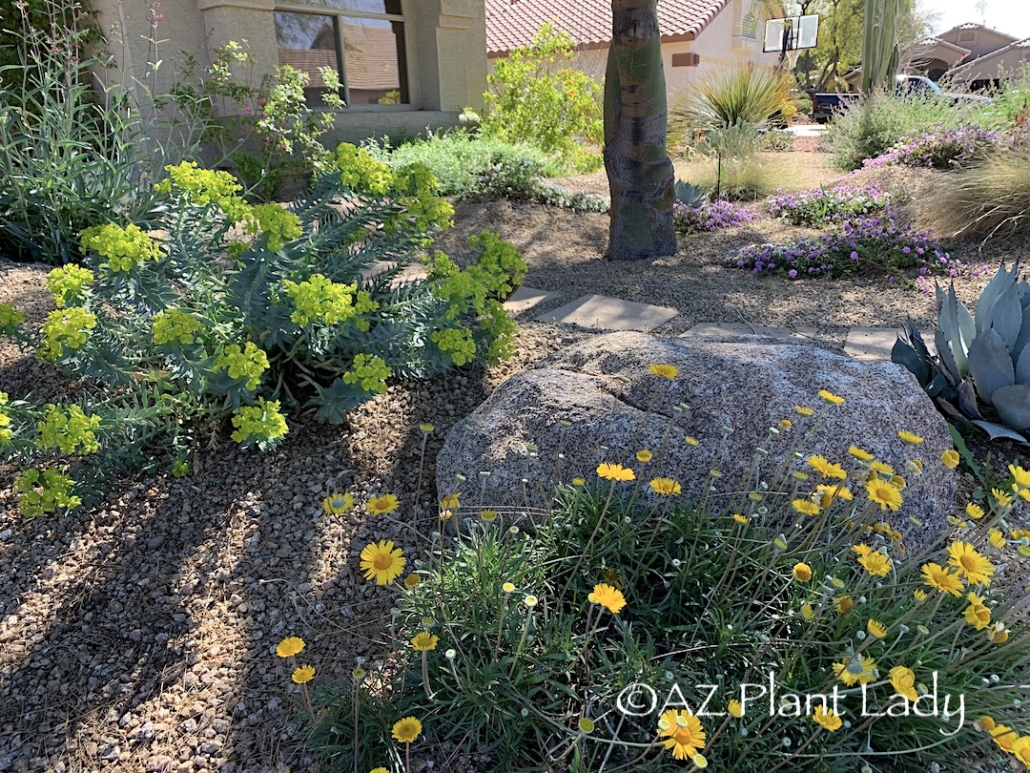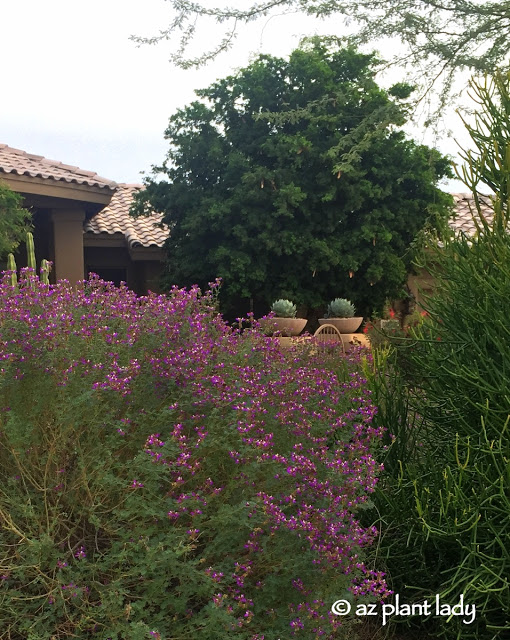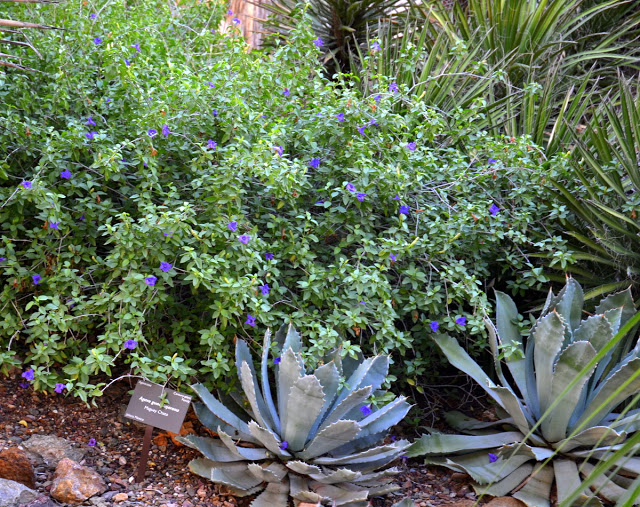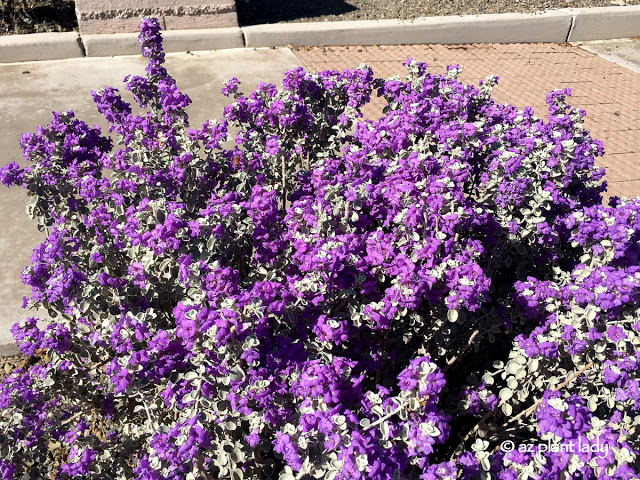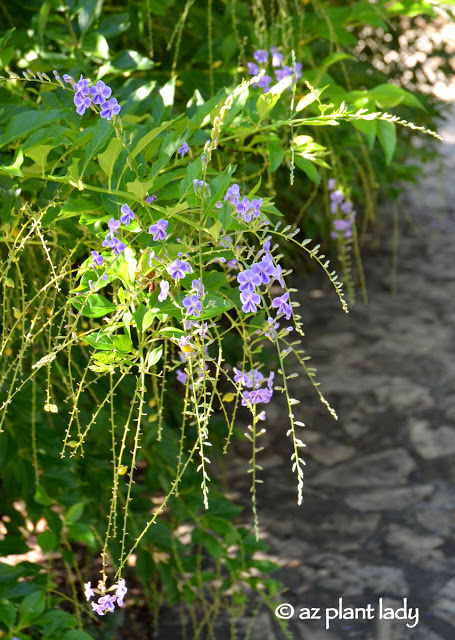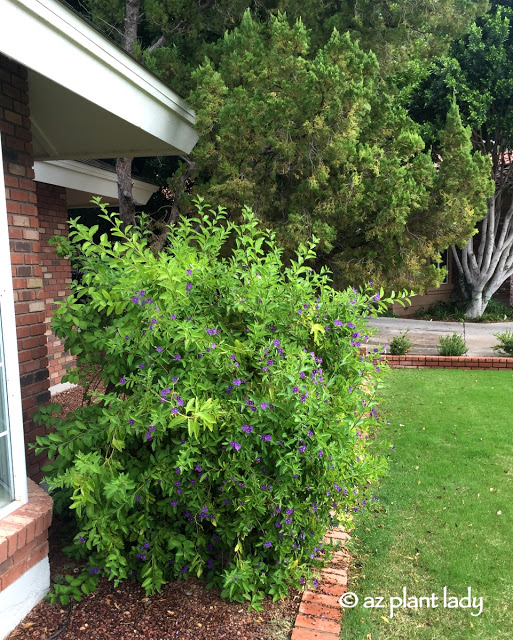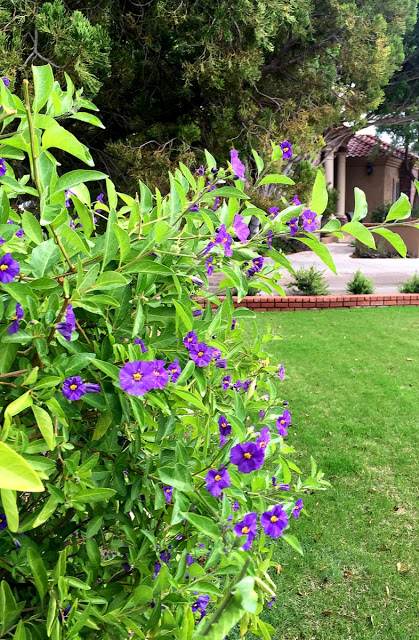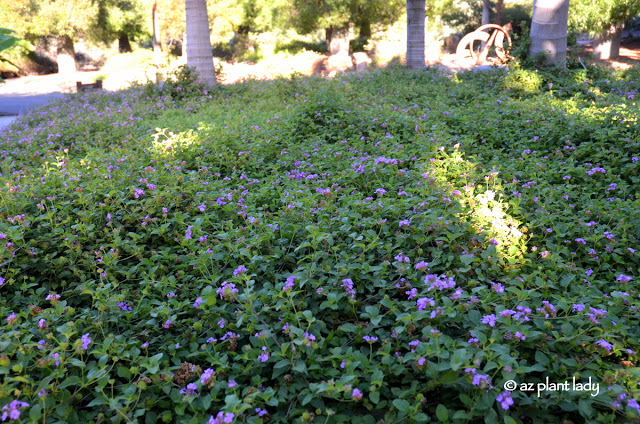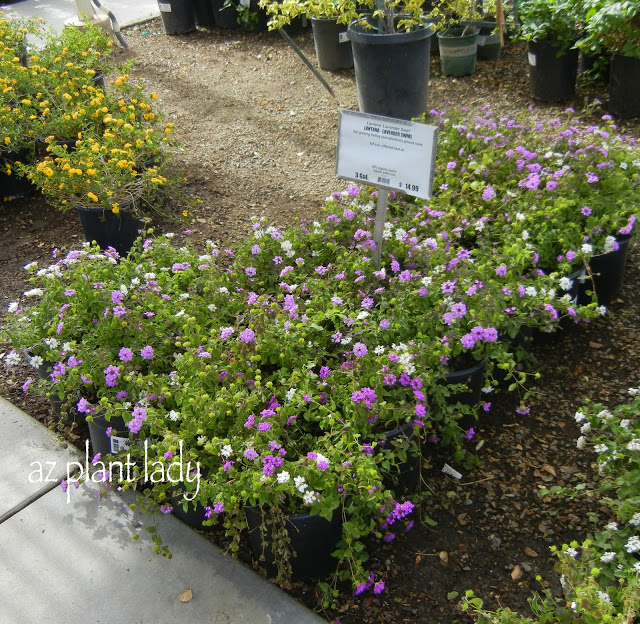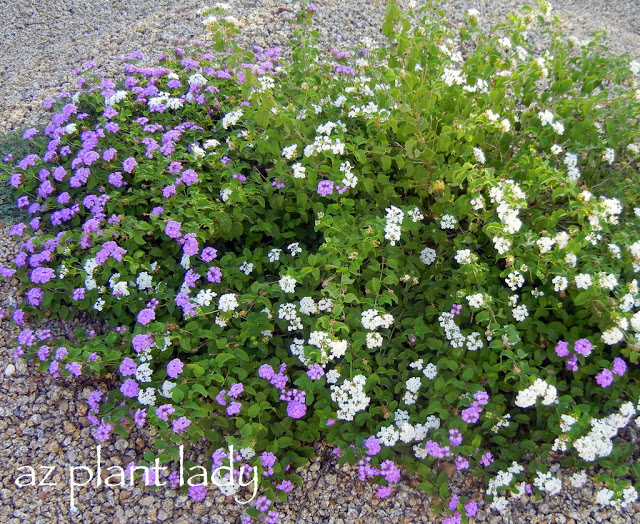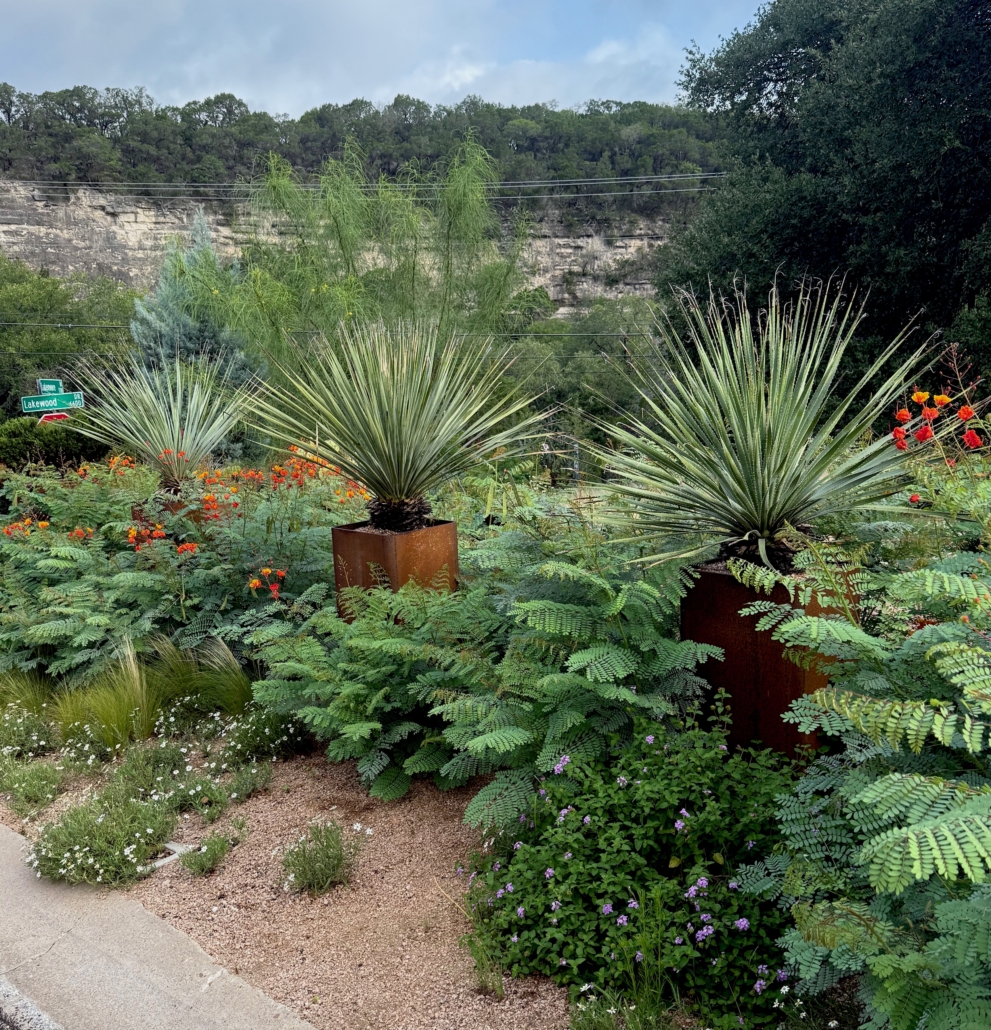
I am back from a multi-state trip where I toured many beautiful gardens. But, my favorite destination was Austin, Texas where familiar desert plants are used in refreshing new ways. I’m sharing the garden elements that inspired me and how you can incorporate them into your own landscape.
Visiting Austin: Plants, BBQ, and Bats
One of the highlights of my trip was spending time with my friend, Pam Penick, the creative force behind the garden blog, Digging. Pam was the perfect host and tour guide taking me to the lively South Congress Avenue shops, delicious BBQ spots and the Texas State Museum.
On our first evening, we watched the bats fly out from under the Congress Avenue Bridge – a truly magical natural event that I’d recommend to anyone visiting the city.
Familiar Plants, Fresh Perspective
What makes Austin particularly fascinating to me is how similar – and yet so different – it is from our desert environment. We grow many of the same plants, but they are used in ways that feel fresh and exciting.
Take a look at this garden snapshot I took during my visit. You might recognize familiar plants like:
- Red bird-of-paradise (Caesalpinia pulcherrima)
- Desert spoon (Dasylirion wheeleri)
- Purple Trailing Lantana (Lantana montevidensis)
But where’s what’s different: instead of each plant standing isolated in its own space (as is common in many desert gardens), they are allowed to grow together – touching, overlapping, and mingling.
Why This Planting Style Works
This layered lush approach brings with it, a host of benefits, especially in hot, sunny, climates:
- Shades the soil – keeping roots cooler and reducing evaporation
- Reduces pruning – plants grow to their natural, mature size without constant trimming
- Cools the landscape – with more ground covered, there’s less heat radiating from bear soil
The contrast of textures – spiky desert spoon against soft ground covers – it’s not just functional, it’s beautiful.
Bringing It Home
This year marks, my third season of adapting this garden style to my own yard. I’ve added more ground covers like ‘Outback Sunrise’ emu bush (Eremophila glabra ‘Mingenew Gold’) and medium sized trees, like desert willow (Chilopsis linearis) to create layers and reduce open space.
It’s a slow transition, but I can already see the difference. My garden feels more alive, more dynamic – and yes, even cooler in both senses of the word!
Planning for Fall
If you’re inspired by those look, now is a great time to plan, do not plant. Summer heat is tough on new additions, but fall offers the perfect window to introduce new plants.
So take a walk around your landscape. Notice those sundrenched bare areas that could use a little shade, a little softeners, or a little life.
Start imagining what you might add when the time is right.


